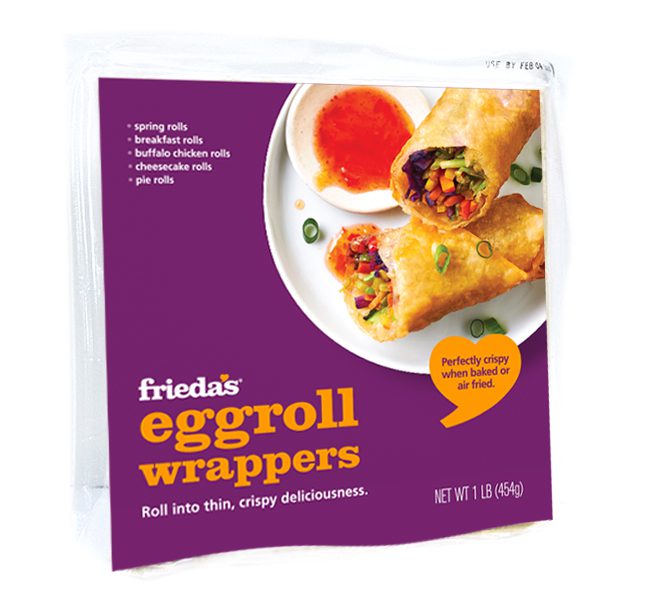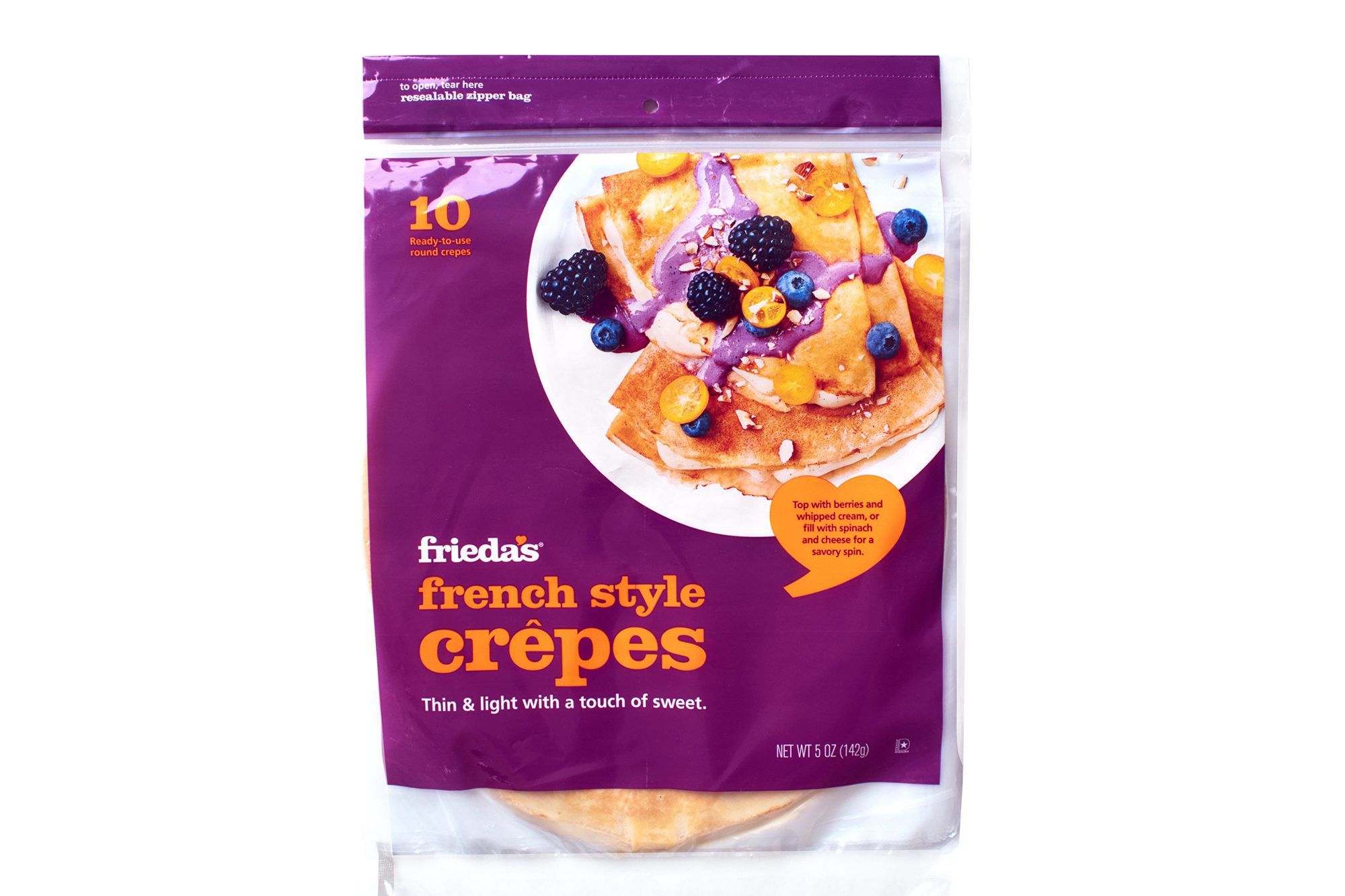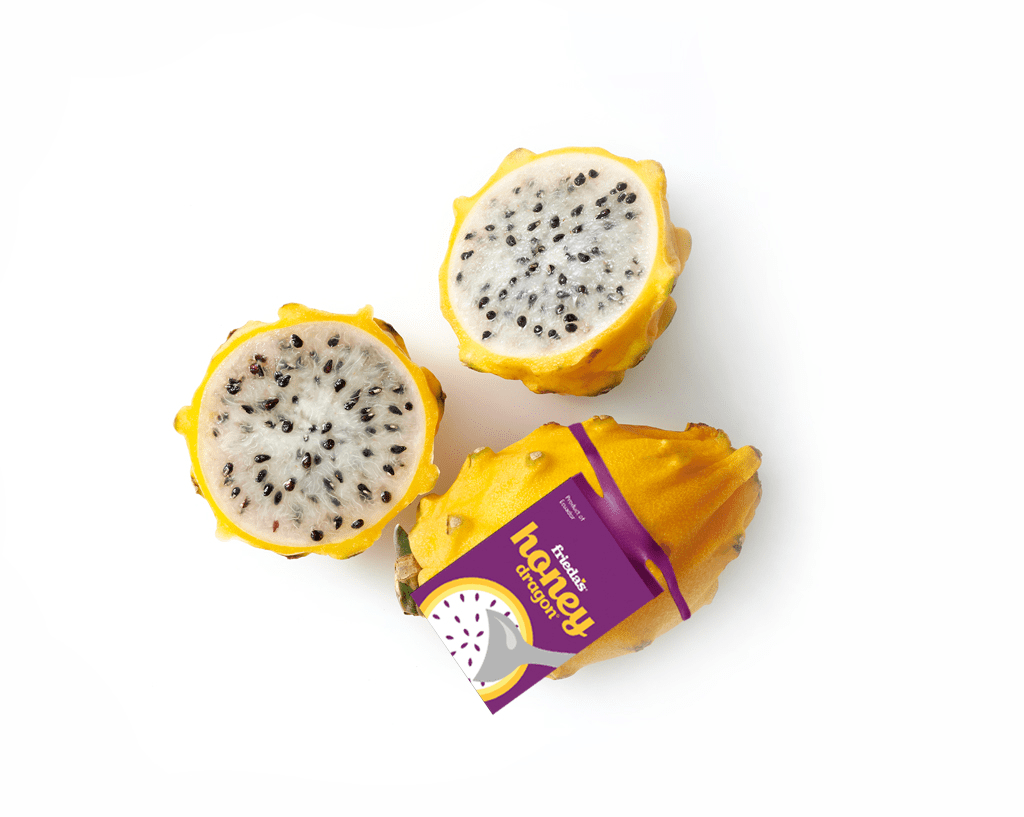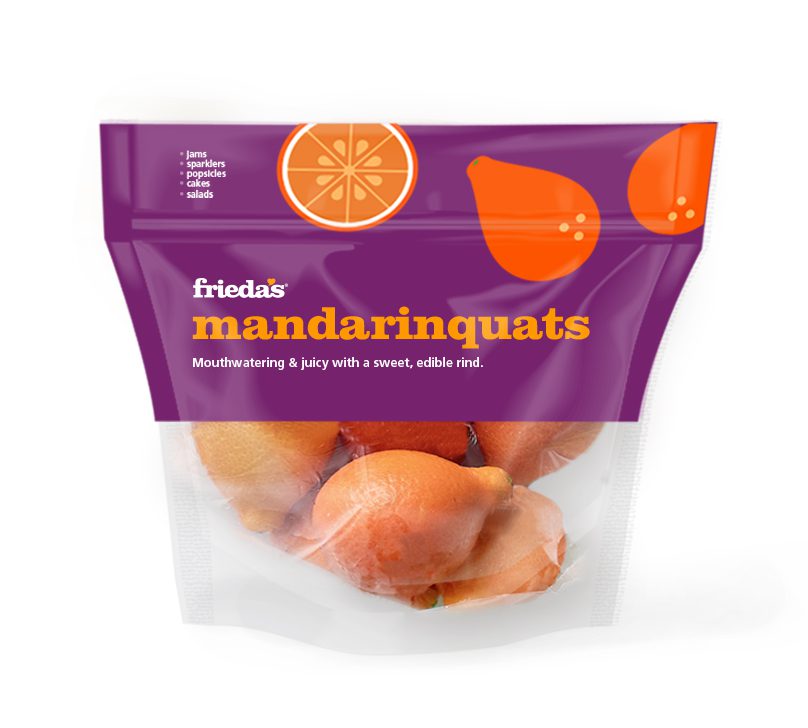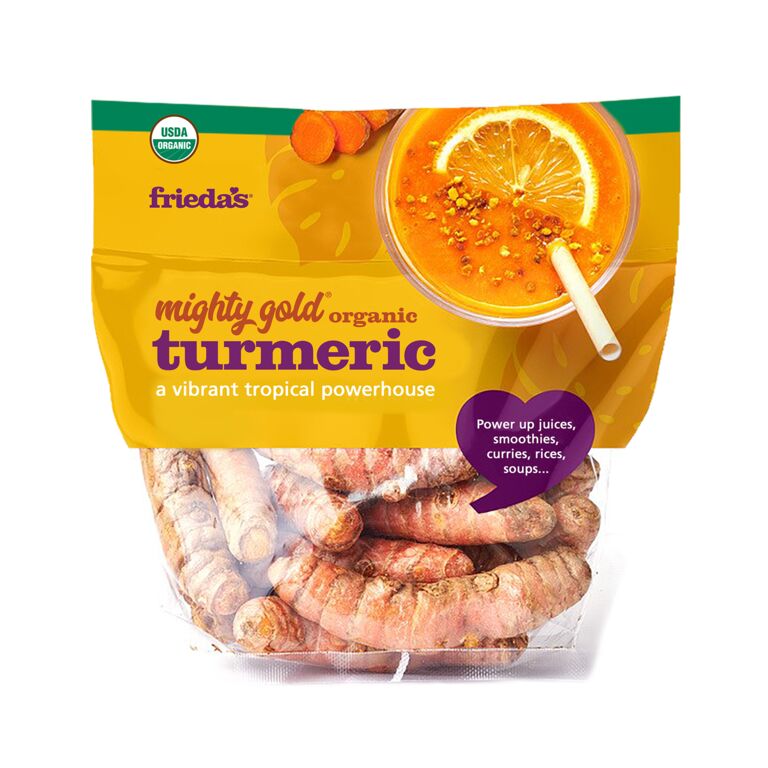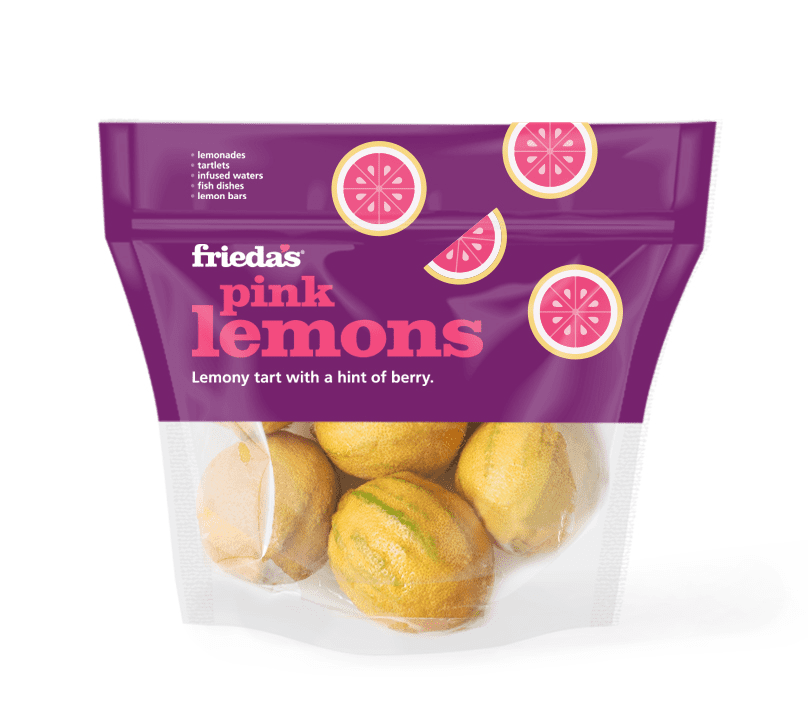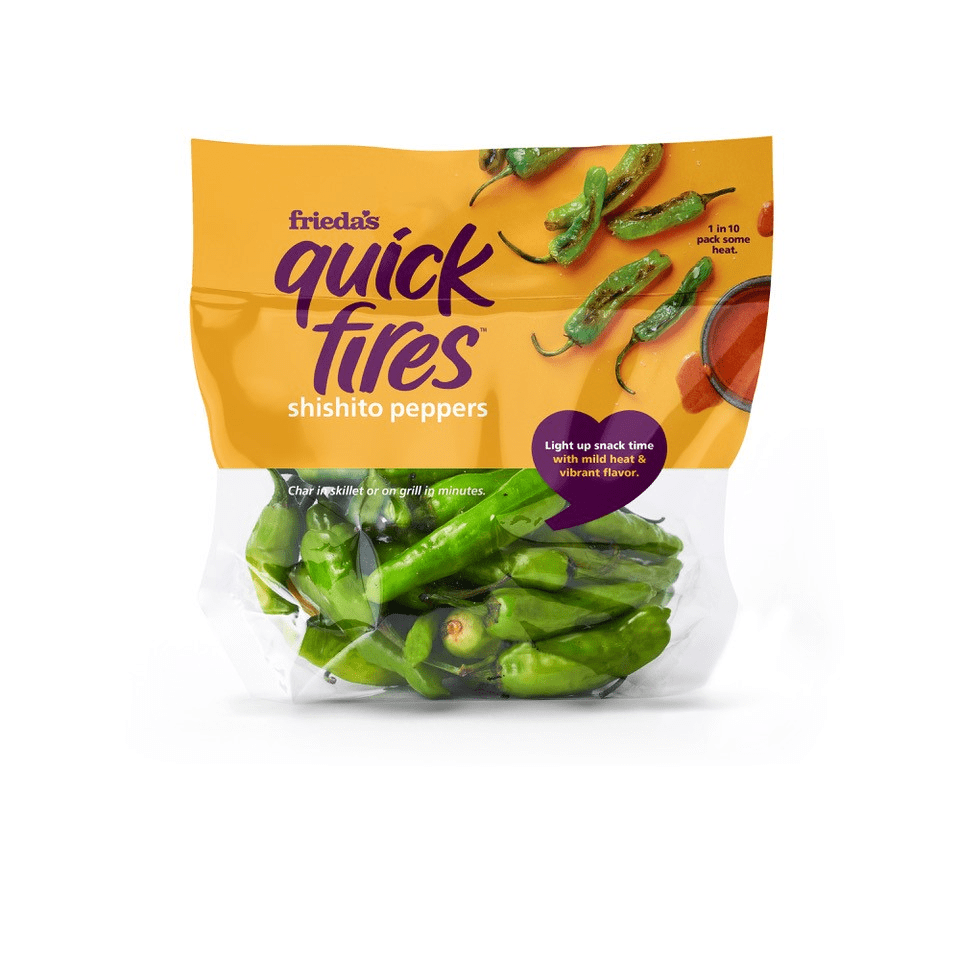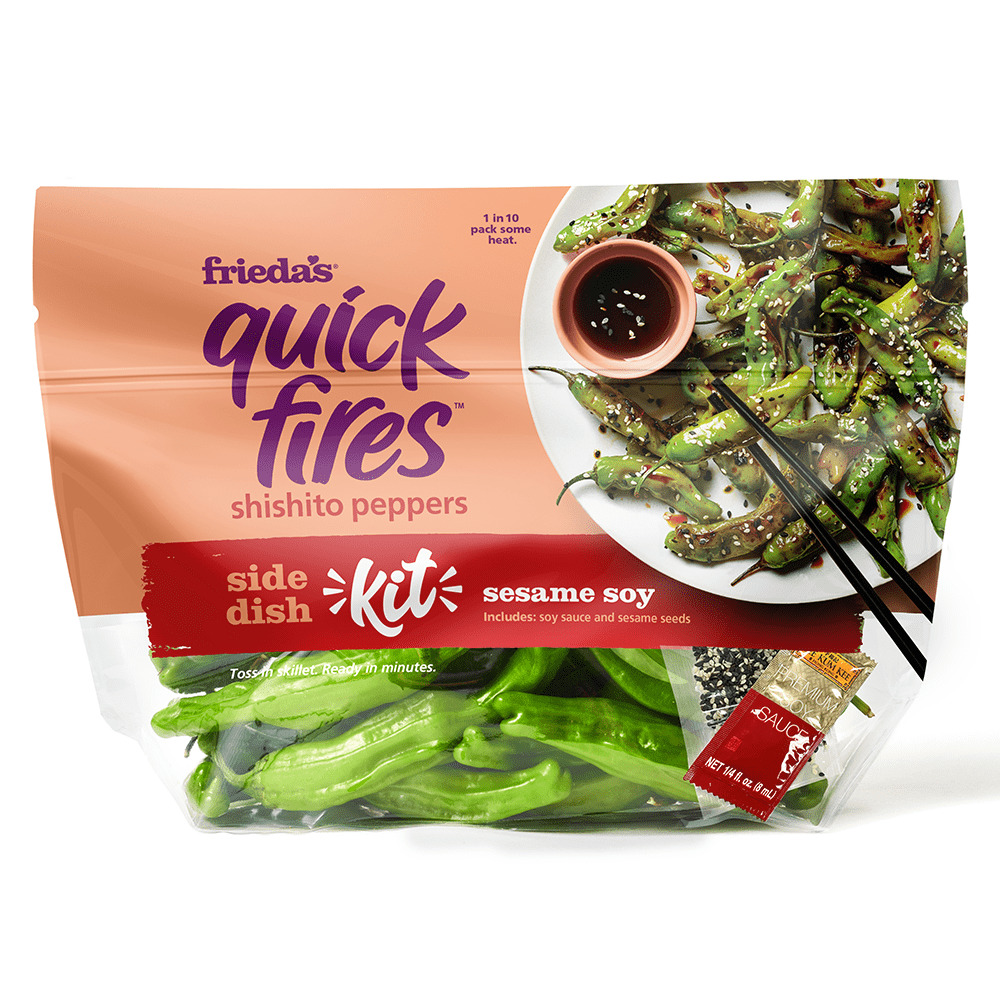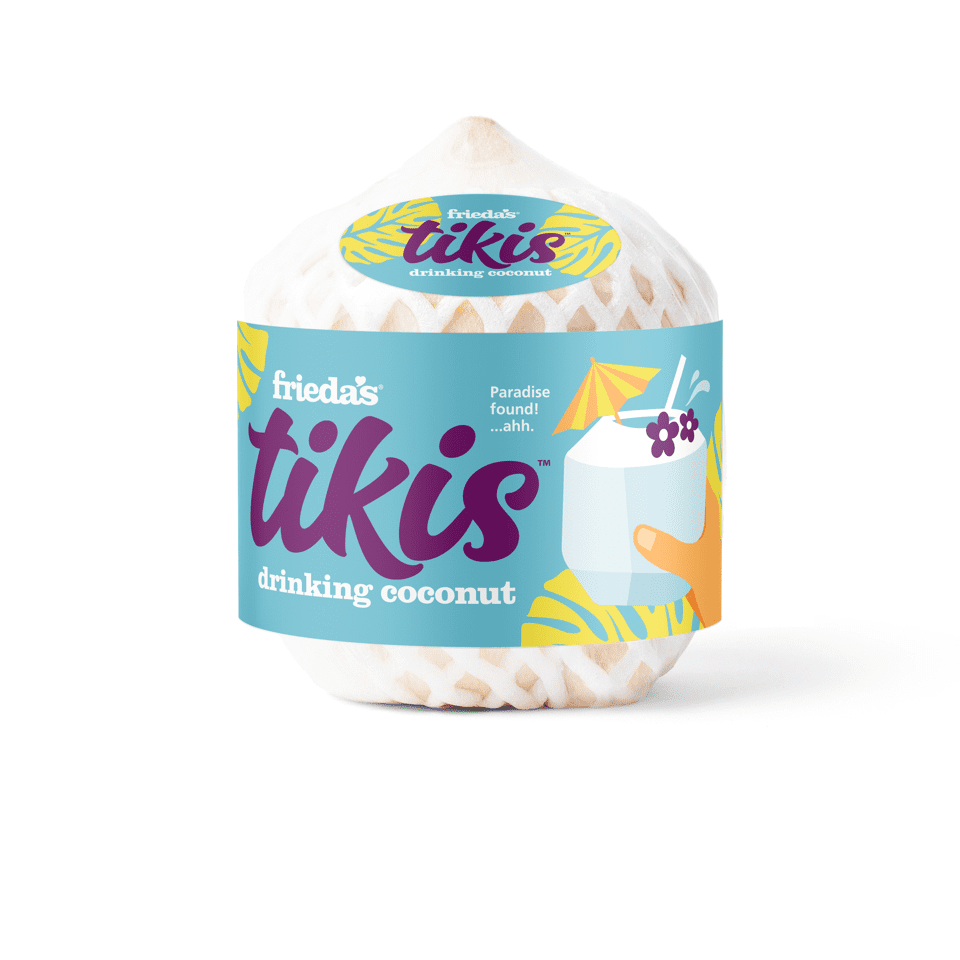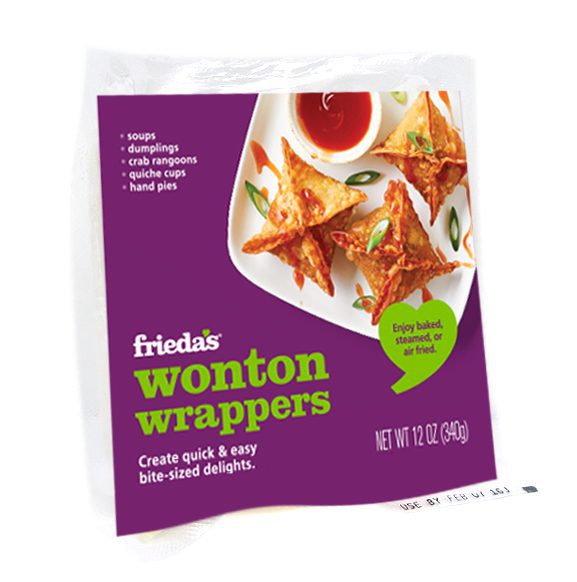One of the first jobs I had when I started working for my mom after college in the early 1980s was ordering and designing packaging.
And one of my projects was to look over our then-bagged Blackeyed Peas. We had introduced the “rehydrated dried, quick-cooking” Blackeyed Peas to the market in 1970, and it was about time we redesigned the package.
Before I could give direction to our design firm, my mom suggested I go visit the head of the Food & Drug Administration in Los Angeles, whose office was a few miles from our location in the Los Angeles Produce Market. She thought talking directly to the source was a good idea, plus it would give me a big picture view of what the FDA looks for in truth-in-packaging.
Our old Blackeyed Pea packagingSo, one afternoon, equipped with some packages of our Blackeyed Peas, I went down to see Mr. Lloyd Lehrer. And he taught me a lesson that I still use today:
“Even if you are in exact compliance with FDA and USDA regulations, you should always ask yourself: will the consumer be able to easily understand what your product really is?”
He was referring to the statement about our Blackeyed Peas that I mentioned earlier: “rehydrated dried, quick-cooking Blackeyed Peas.”
Our Blackeyed Peas were dried beans rehydrated so they looked like they were fresh. Because they looked fresh, we were obliged to be clear on the front panel of our package that they were indeed “rehydrated dried beans,” so a consumer would not think they were buying fresh beans.
I was reminded of this entire experience with the FDA when I read about the recent ruling from the U.S. Supreme Court regarding POM Wonderful v. Coca-Cola.
POM Wonderful, the marketing geniuses who made pure pomegranate juice a household staple, asserted that Coca-Cola-owned Minute Maid was misleading consumers by labeling a juice blend made primarily of apple and grape juices as a pomegranate-blueberry juice blend.
Of course, POM had an interest in this particular labeling because the Minute Maid juice blend is considered a competitive product. But the lesson here is the same one I learned from the FDA, and it is worth repeating.
“Even if you are in exact compliance with FDA and USDA regulations, you should always ask yourself: will the consumer be able to easily understand what your product really is?”
As consumers, we are all aware of food products that are not exactly what they purport to be. Sugar is called other names like sucrose, maltose, dextrose, and fructose, and salt content is listed as “unsalted” or “low-sodium.” Calorie counts are for “serving sizes,” not the entire package or can which we might typically consume.
As consumers, we are entitled to truth and simplicity when we purchase food and beverages. It should not be hard to figure out what we are consuming. I am quite pleased that the FDA is working on Nutrition Facts label reform for more practical serving sizes and clearer nutritional information.
Have you ever purchased a food product and discovered surprise ingredients? Feel free to share in the comment section.
Karen


